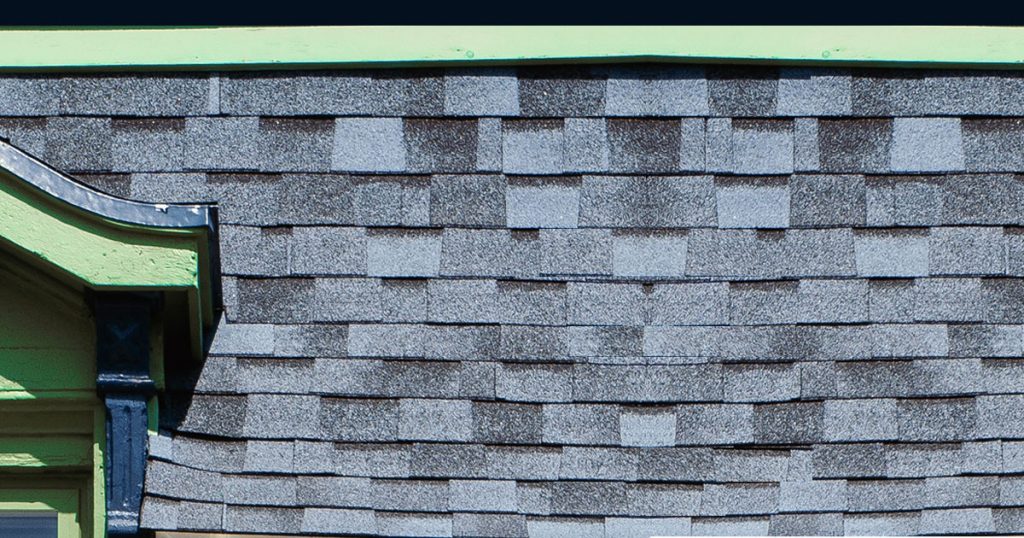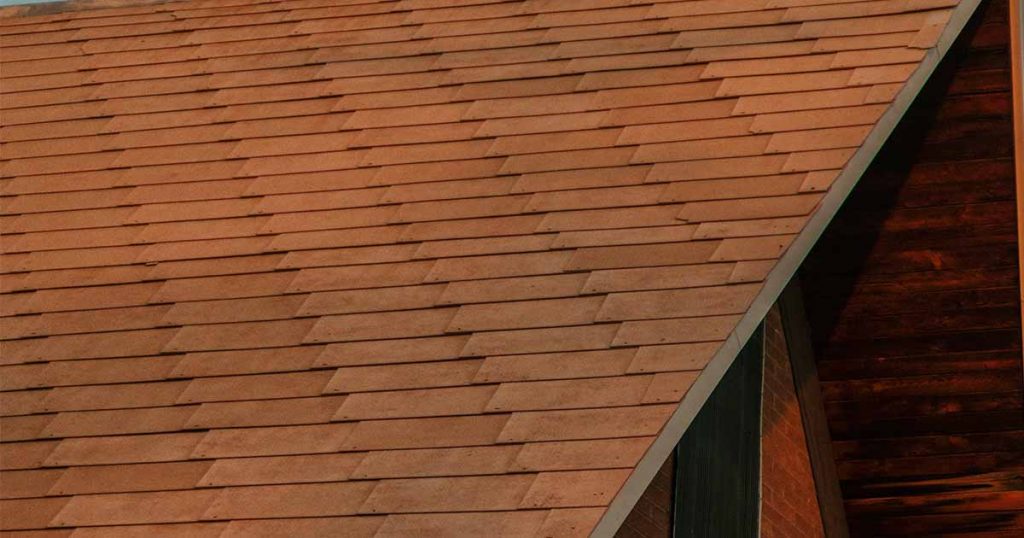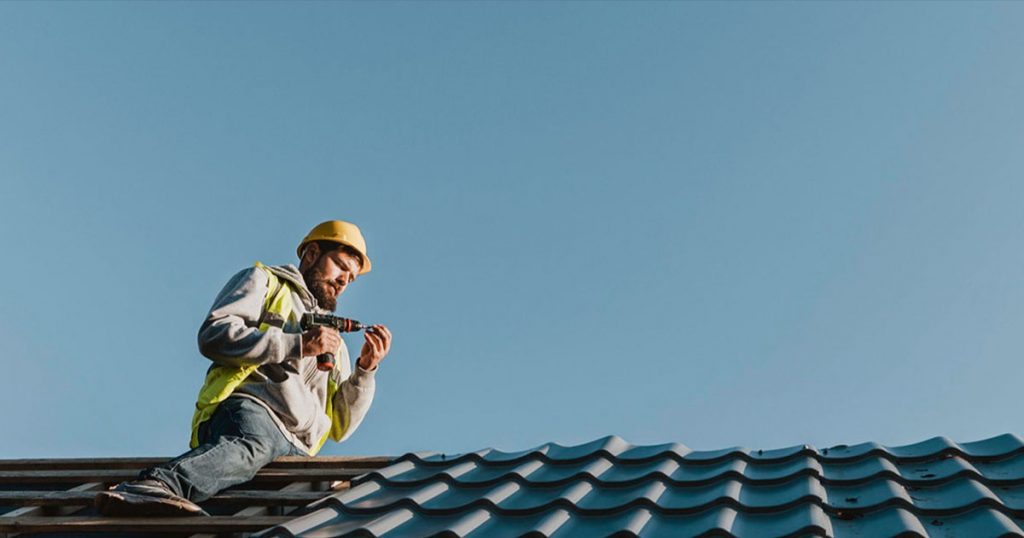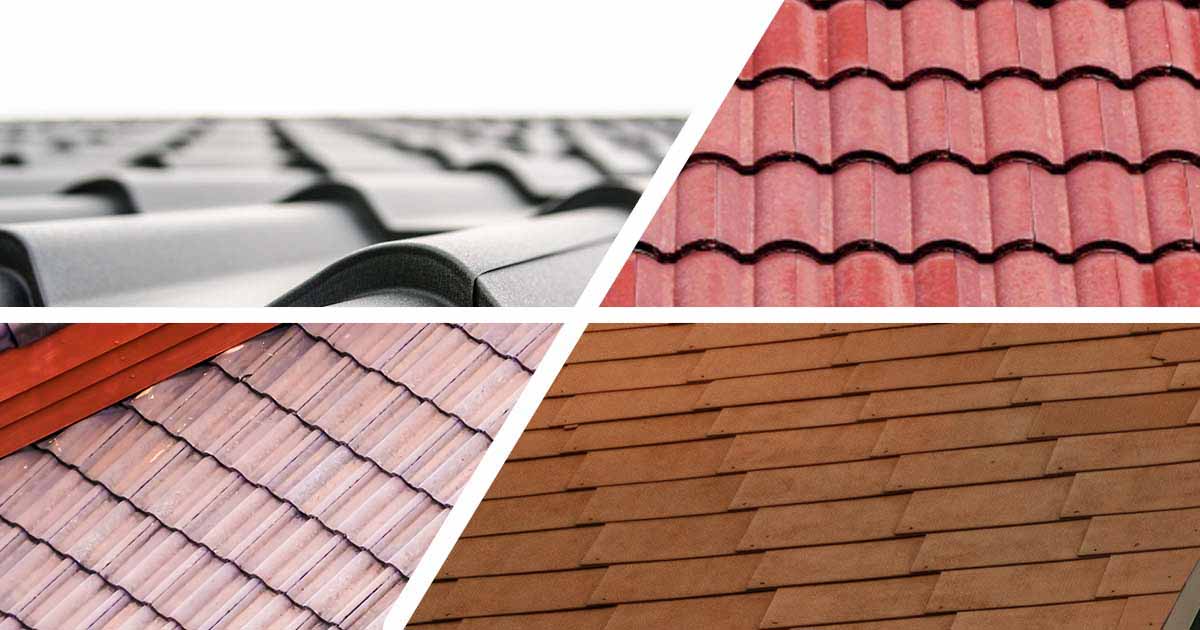As a homeowner, you must select an ideal roofing solution for your home. But unless anything goes wrong, you probably don’t think much about how strong your roof is. Doing so can cost you a bunch of money from time-consuming repairs from roofing contractors that may or may not be reliable in the first place.
Whether you’re a first-time homeowner or have been living in the same house for a long time, understanding the benefits and drawbacks of roofing materials is crucial. Doing so will help you keep your home in good condition for the years to come.
Here’s everything you need to know about roofing materials, according to Roof Innovation Local Business Directory – Business Listing
Choosing Your Roofing Material
Your choice of roofing materials must match the style of your house and the climate where it is placed. Choosing appropriate and high-quality materials for the project is the first and easiest way to reduce maintenance and repair expenses. To assist you in making the best decision for your home and to guarantee that your roof will last longer, we have compiled a list of some of the best roofing materials available today.

Asphalt Shingles
Asphalt shingles are incredibly durable, easy to install, and have a lifespan of roughly 25 years. These materials come in various colors and are substantially less expensive than other options, so it’s no surprise that most roofing contractors prefer to use them as a roofing material. Some even have zinc or copper grains that can stop mold and algae formation!
Wood Shingles and Shakes
This consistently machine-sawn or hand-made roofing can give your home a timeless and rustic aesthetic for double the price of asphalt shingles while having a similar lifespan. To prevent fire hazards, wood shingles can be given a fire-retardant treatment in the manufacturing process. And although some municipal building agencies ban the use of wood shingles, your area may allow it, so consult with them before choosing this roofing material.
Tile, Clay, and Cement Roofing
Because they are resilient and fireproof, tile, clay, or cement roofs are frequently used on Spanish-style homes throughout the U.S. However, as they are often three times as expensive as asphalt shingles, their exorbitant price tag and unique appearance can come at a high cost. However, a lifespan of 50 to 100 years can make up for their expensive price tag.

Slate
Slate is one of the most durable roofing materials because of its solid and natural stone composition. It is also the most expensive alternative due to these qualities, costing 12 to 20 times as much as asphalt shingles. However, given that it might last for more than a century, the cost might be justified.
Aluminum, Steel, and Copper Models
Slate is one of the most durable roofing materials because of its solid and natural stone composition. It is also the most expensive alternative due to these qualities, costing 12 to 20 times as much as asphalt shingles. However, given that it might last for more than a century, the cost might be justified.
Synthetic, Polymer, or Composite Roofing
Your property can look like a natural slate or wood with synthetic, polymer, or composite roofing without breaking the bank. These artificial substitutes are offered as aesthetically similar but more affordable copies of the more desirable but more expensive natural materials. These roofing materials are just as durable at a fraction of the price of asphalt shingles. You may have to conduct regular maintenance to ensure this material will look good for the following 50 years.

Things To Consider When Installing Your Roof
Regardless of the roofing material you choose, there are some steps you can take to ensure you don’t encounter future costly repairs.
Correct Ventilation Is Essential
If a roof has sufficient ventilation, it will survive considerably longer. However, heat and moisture can accumulate beneath the roof without enough ventilation, which can harm the building. You can easily avoid these issues using roof vents and soffit vents.
Prevent Leaks
It would be best if you strived to keep leaks to a minimum or nothing. You should put metal sheathing around the skylights, vents, and other places where two distinct materials meet to stop water from penetrating. There are also other techniques to prevent leaks, such as employing overlaps and staggered joints properly.
Quality Roofs from Roof Innovation Local Business Directory – Business Listing
The climate, outdoor elements, and roofing materials will significantly affect the lifespan of your roof and its functionality. If you don’t take the initiative to care for them, your roof can suffer from damage. Hiring professional roofers from our directory will ensure that you get the right roofing solutions for your property that best suits its architectural design.
